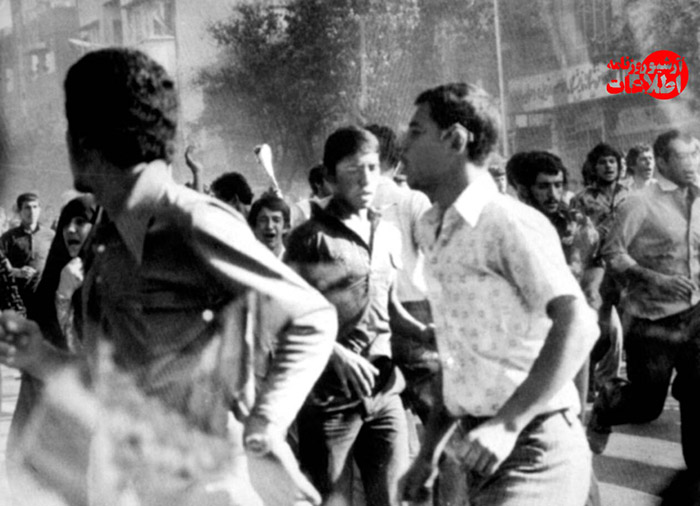By 1978, Iran had entered a period of deep political crisis.
-
The Pahlavi monarchy, under Mohammad Reza Shah Pahlavi, was pursuing a program of modernization and centralization. While the country had experienced rapid economic growth during the 1960s and early 1970s, fueled by oil revenues, social inequality, political repression, and corruption had alienated large sections of society.
-
The Shah’s policies, especially the White Revolution reforms, undermined traditional elites such as the clergy and the bazaari merchant class, while political dissent was crushed by SAVAK, the Shah’s notorious secret police.
-
Opposition movements—ranging from Islamist networks led by figures like Ayatollah Ruhollah Khomeini, to secular liberals, leftist guerrillas, and student activists—were increasingly emboldened.
The summer of 1978 witnessed escalating unrest:
-
On August 19, 1978, the Abadan Rex Cinema fire killed hundreds of people, shocking the nation. Though responsibility remains contested, many Iranians blamed the Shah’s regime.
-
The government of Jamshid Amouzegar, who had attempted limited liberalization, resigned under pressure. The Shah then appointed Jafar Sharif-Emami as prime minister on September 4, 1978, promising a “National Reconciliation Government.”
-
However, this conciliatory gesture coincided with growing radicalization in the streets. The clerics and revolutionary networks were no longer satisfied with reforms; they demanded the overthrow of the monarchy.

